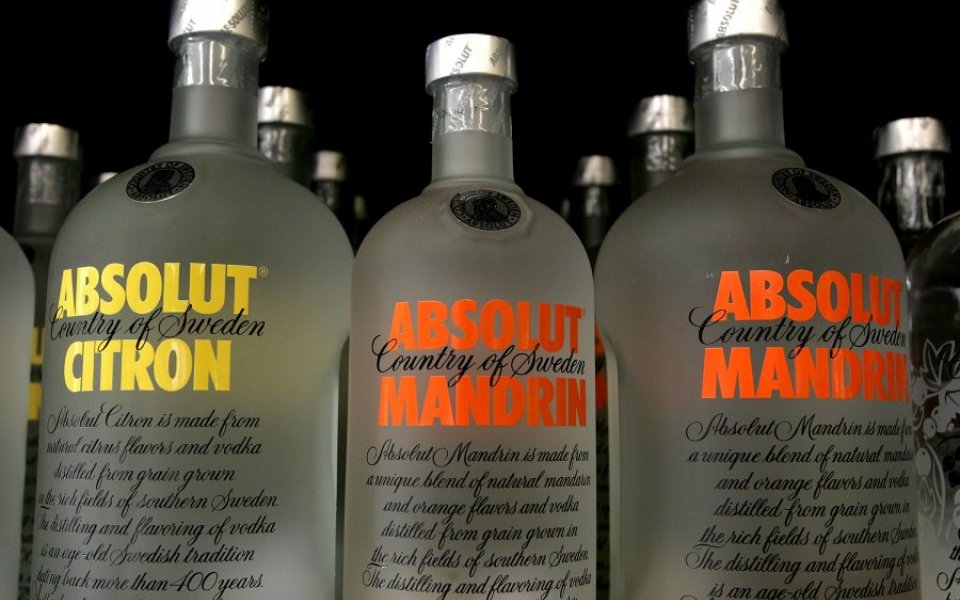Drinks all round: What the Internet of Things means for marketers

Before brands start talking about how they should embrace the Internet of Things (IoT), they first need to think about how they understand it.” According to SharpEnd founder Cameron Worth, marketers have been coming at the expanding digital ecosystem of interconnected objects from the wrong angle. “And if they keep talking about fridges,” he says, “I’m going to kill myself.”
Juniper Research has estimated that the number of IoT connected devices will reach 38.5bn in 2020, a 285 per cent increase on the number of connected things around last year. And McKinsey puts the total potential economic impact of IoT at $3.9-11.1 trillion a year by 2025. So how should marketers approach it in a way which won’t alienate consumers?
First, sensors in a product could help brands understand consumer behaviour better, and make their services more relevant. “Sensors could track the lifecycle of products and message accordingly,” says Martin Talks, Econsultancy consultant and founder of 10x Army. “This could be done in the same way as other programmatic media buying that already takes place. As well as being more effective, it could save advertisers considerable amounts of money on wasteful ads," adds Talks, author of the Econsultancy Internet of Things report.
This has big implications for fast moving consumer goods manufacturers. SharpEnd has been working with Pernod Ricard to turn its drinks bottles into digital touchpoints, and will begin trials later this year. “100m bottles of Absolut are shipped annually, and we know nothing about them,” says Worth. “We will be able to know if a bottle of Absolut is consumed at home, in a bar, and learn more about consumer needs in those environments. By embedding digital assets on a physical product for a customer to scan with their mobile, brands can deliver experiences which are more personalised and localised.”
This could have myriad other benefits for consumers, notes Talks, from offering real-time discounts to shoppers as they browse a store, to alerting consumers that a bottle may have been refilled with a counterfeit drink.
The other interesting domain is “space activation”, which would take advantage of the surrounding environment to connect with a consumer. Smart mirrors, for example, would allow people to try out numerous cosmetics virtually, without the hassle of removing the make-up between each application.